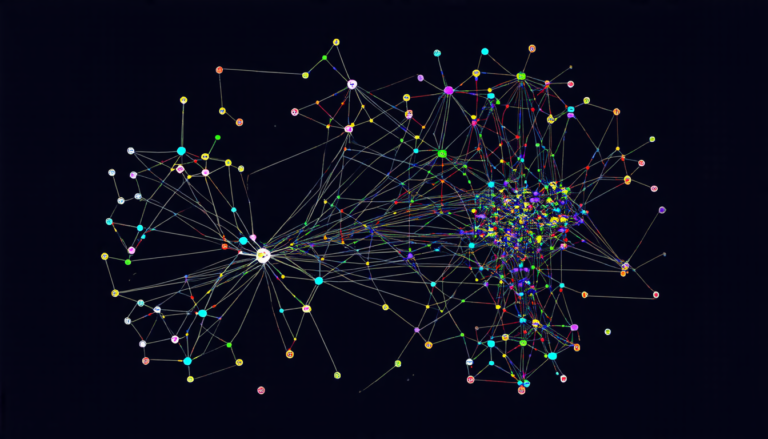Tuesday 20 May 2025
As technology continues to advance, our reliance on the internet is becoming increasingly crucial. With the rise of cloud computing and the proliferation of connected devices, our online presence has never been more vital. But what happens when we need to access the internet from areas where traditional infrastructure can’t reach? That’s where a new approach comes in: software-defined networking (SDN).
In SDN, network management is decoupled from hardware, allowing for greater flexibility and scalability. This means that networks can be reconfigured on the fly to meet changing demands, making them more efficient and resilient. But what about areas with limited or no connectivity? That’s where satellite networks come in.
Satellite networks are becoming increasingly important as we look to expand internet access globally. However, traditional satellite networks have limitations: they require complex infrastructure and can be slow due to the latency of signal transmission through space. SDN offers a solution by allowing for more flexible and dynamic network management.
Researchers have been working on developing an SDN-based system for satellite networks, which would enable more efficient and adaptive communication. The approach involves dividing the network into smaller, manageable segments, called controllers, each responsible for managing its own portion of the network. This allows for greater flexibility and scalability, as well as improved fault tolerance.
The team behind this innovation has developed a genetic algorithm to optimize controller placement and assignment in SDN-based satellite networks. The algorithm takes into account various factors, such as network topology, controller capacity, and traffic demand, to determine the optimal configuration for each scenario.
One of the key benefits of this approach is its ability to adapt to changing conditions. For example, if a controller becomes overloaded or fails, the system can reconfigure itself to ensure continued connectivity. This is particularly important in areas where network outages can have significant consequences, such as emergency services or remote communities.
The potential applications of SDN-based satellite networks are vast. With this technology, we could expand internet access to underserved areas, provide more reliable communication for critical infrastructure, and even support emerging industries like IoT and autonomous vehicles.
While there are still challenges to overcome, the development of SDN-based satellite networks represents an exciting step forward in our quest for global connectivity. By harnessing the power of software-defined networking, we can create a future where the internet is accessible anywhere, anytime.
Cite this article: “Connecting the Unconnected: The Power of Software-Defined Networking in Satellite Networks”, The Science Archive, 2025.
Software-Defined Networking, Sdn, Satellite Networks, Internet Access, Global Connectivity, Network Management, Flexibility, Scalability, Genetic Algorithm, Controller Placement.







